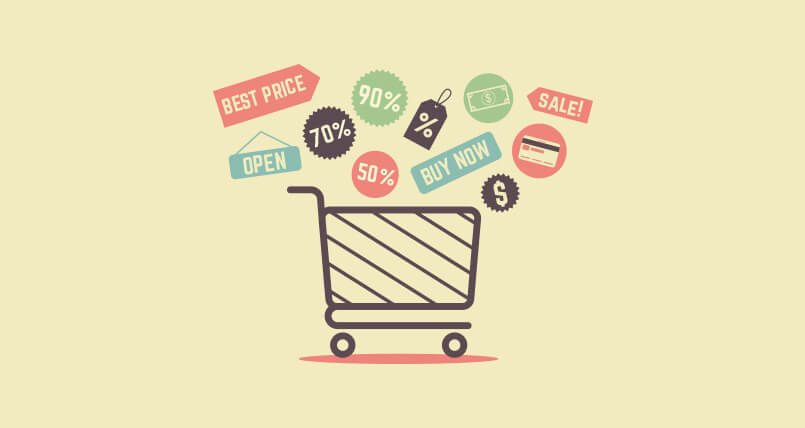Ecommerce is an incredibly competitive field with both small and large vendors working to attract the same limited set of users. In order to stand out from the other businesses in your niche, it’s crucial to leverage every tool for the best possible results.
There’s no single secret to successful email marketing, but these automation workflows will help you develop more efficient strategies. Make sure to regularly test and analyze each piece of content so that you can identify your most and least successful tactics.
Welcome Emails
Welcome emails are a great way to start engaging with new customers and get them more interested in your brand, making them the perfect place to begin using automation workflows. You can include information about your products or services and offer exclusive or limited-time discounts to encourage conversion.
The initial welcome email is all about creating the perfect first impression and communicating a unique and interesting value to your readers. Every element should contribute to the perception of brand quality, so take extra time to optimize your first welcome email and make it look as professional as possible.
The second welcome email is designed to give readers more in-depth information about your company while sticking to the brand image that was established in the first message. We recommend providing a discount on the third and final welcome email to convert anyone who didn’t respond to the first two.
Cart Recovery

Cart recovery workflows are intended to target users who added an item to their cart on your web store but didn’t follow through with the purchase. This group has already shown an interest in your products, making it the perfect target for a remarketing campaign.
Cart recovery email sequences are some of the most effective of any automation workflow, leading to an order rate of nearly 5%. As with welcome emails, a strong cart recovery workflow can be completed in three messages sent at regular intervals following an abandoned cart.
The first follow-up email should be sent within a few hours after the user leaves your website. This ensures that the item is still fresh in their mind and gives them the chance to consider it a second time.
You can send another message roughly 12 hours later with essentially the same message. Finally, as with the welcome sequence, the third cart recovery email should include an exclusive discount to further incentivize readers to finish their purchase. Sending the first two emails without a discount gives you the opportunity to make a sale at full price.
Birthdays

Birthday emails are a surprisingly effective way to engage with your readers, especially those who aren’t loyal customers and need an additional reason to come back. Remember that you’ll need to include a date of birth field in your sign-up form in order to run birthday campaigns later.
This is easy to set up in most email marketing solutions and you can also add other fields such as a space for phone numbers for additional marketing opportunities. Experiment with different approaches and see what resonates with your audience most effectively.
These sequences allow for some flexibility, as you can either send an initial message a few days in advance or wait until the actual date. Either way, you should include a discount or exclusive offer to give them a sense of urgency and encourage them to convert immediately. Allow them to use the offer for a few days or a week after their birthday passes.
Birthdays are the perfect occasion to offer a onetime discount and bring former customers back to your business. If they have a positive experience with their birthday purchases, they’ll be more likely to come back and become regular sources of revenue later on. They’re also a great way to show your loyal customers that you appreciate their business.
Creating custom email automation workflows can be tough, and these classic sequences are the perfect starting point in developing more robust email marketing campaigns. Once you begin to see positive results from these three workflows, consider moving on to more advanced ones or building your own based on your brand’s unique value and messaging. Don’t be afraid to experiment with new strategies and workflows to see what works best.